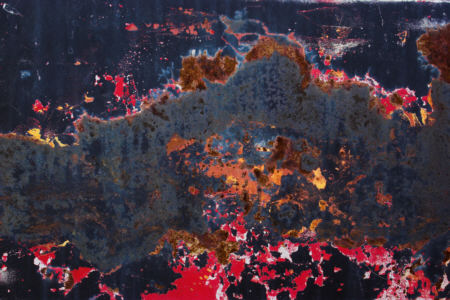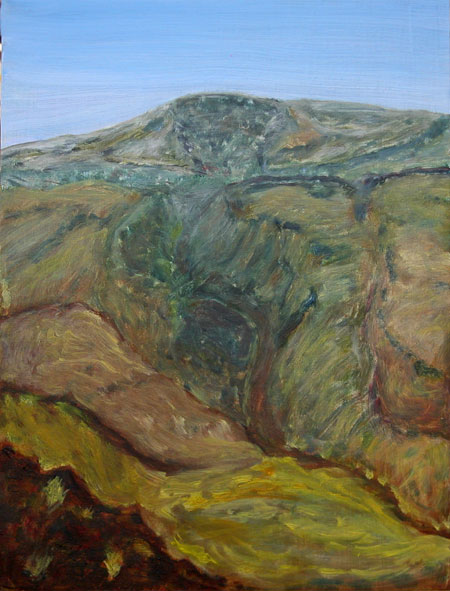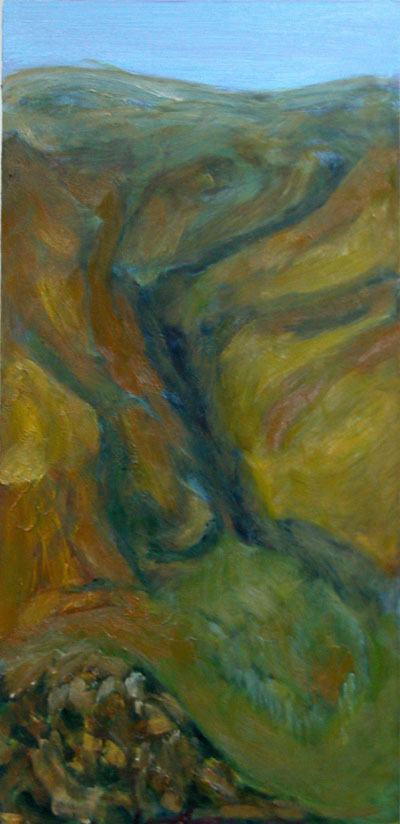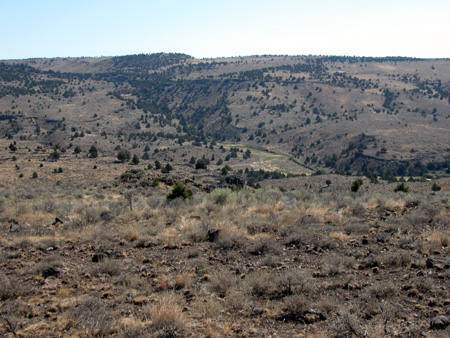Some time back (2005) the BBC conducted a poll in England that asked people to pick out the most popular painting in their land. In a field crowded with van Gogh’s evocative pictures and Monet’s breathtaking impressions, the winner turned out to be a rather ordinary-by-today’s-standards painting by J.M.W. Turner titled the ‘The Fighting Temeraire’. Somewhat more surprising was the fact that the second prize also went to a similarly bucolic oil painting by Constable – ‘The Haywain’. (Arnolfini Portrait by Jan van Eyck was ranked fourth – one of my favorites) more… »
Archives for September, 2007
Back in business…
The problem with the blog is fixed and we are back in business :-)
Complications

I just returned from a short trip that, as it turned out, provided the opportunity to revisit some previous locations and subjects. It was interesting to notice what I found interesting this time around, what I did differently, and whether there is any direction apparent. Today I’ll focus on the color abstracts in my ongoing Patina project, which is based on surfaces of junkyard vehicles and weathered rocks.
Quotes for Saturday
From The art of looking sideways, by Alan Fletcher. Quotes are by the author, unless otherwise noted.
Gold mining consists of sifting three tons of rubbish for each ounce of gold extracted.
It’s always better to be looked over than overlooked.
-Mae West
The man who can’t visualize a horse galloping on a tomato is an idiot.
-Andre Breton
Thinking is drawing in your head.
Art, like morality, consists in drawing the line somewhere.
-G. K. Chesterton
On Landscape



Underwood, Stinking Water Area, large and small oil on masonite, and a photograph, off the Stinking Water Acess Road.
“I took my easel and canvas and brushes to the top of the bluff, and painted two views from the same spot…. From this enchanting spot there was nothing to arrest the eye from ranging over [the Missouri’s] waters for the distance of twenty or thirty miles.”
[Artist George Catlin, as quoted in William H. Truettner, The Natural Man Observed: A Study of Catlin’s Indian Gallery (Washington, D.C.: Smithsonian Institution Press, 1979), p. 247, found on the of the Smithsonian website.
As Karl said (here) one has to become acquainted with the landscape before one can paint it. And as George Catlin remarked about a different landscape “there was nothing to arrest the eye…for the distance of twenty or thirty miles.
Aside from artistic masochism, why do we paint landscapes?
Inner Space
Recently, I embarked on a little mini project in a bid to better understand the vagaries of photography. I find photography a hard master and am still unable to photograph my paintings to the level of detail I want… This mini-project may just be regarded as another attempt at understating photography better. The premise was simple: Instead of turning the camera to outside subjects like “people, landscape, houses, family’, I decided to turn it inwards. I decided that I was going to photograph just objects in and around the confines of our home. What initially was envisaged as a dull chronicle of household items turned out to be quite an exciting one (at least for me).
Sunil Gangadharan, ‘Juxtaposition’, digital photograph
I took about 50 pictures in a space of about two hours. All of them shot inside. I have posted a majority of them to the flickr site here. To see as slideshow click here.
So, instead of asking some serious art question (which I frequently find myself thinking more and more), I decided to take it easy and play.
Visual indeterminacy

Succulus by Robert Pepperell
Robert Pepperell, the Head of Fine Art at Cardiff School of Art & Design, is interested in the phenomenon he calls visual indeterminacy: you see the scene before you clearly, but you don’t know what it is. His article Seeing without Objects: Visual Indeterminacy and Art has helped me put together another piece of the puzzle of what is compelling to me about abstraction and what I mean by abstraction in my own work. Pepperell comes at the question through art history, psychology/neuroscience, and his own drawings and paintings. For example, his painting Succulus is very evocative for me of the figures, draped clothing, and sky on the ceiling of the Sistine Chapel, yet I can’t actually recognize any of that in the picture. As described on his web page: